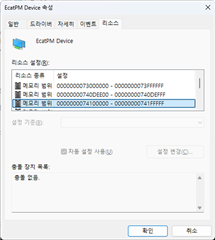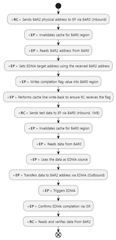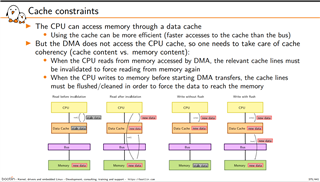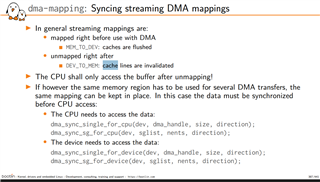Tool/software:
Hello,
I am currently working on configuring PCIe Endpoint (EP) using the AM5728, with a Windows-based PC set as the Root Complex (RC). I am developing an example in which data is transmitted from the AM5728 to the PC using an outbound configuration.
At present, the base address of the outbound window is set to the internal RAM of the AM5728 (0x4040_0000), and the target address is configured to the physical address of BAR2 on the Windows side, as shown in Device Manager (0x7410_0000).
After writing data to the internal RAM and triggering EDMA for transmission, I expect the data to be updated on the PC side. However, the data does not appear to be updated.
For reference, I have confirmed that the inbound configuration (on a different BAR region) is working correctly.
I would appreciate your assistance in reviewing and correcting the outbound settings.






